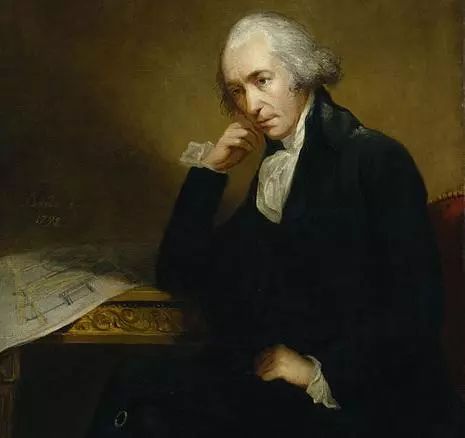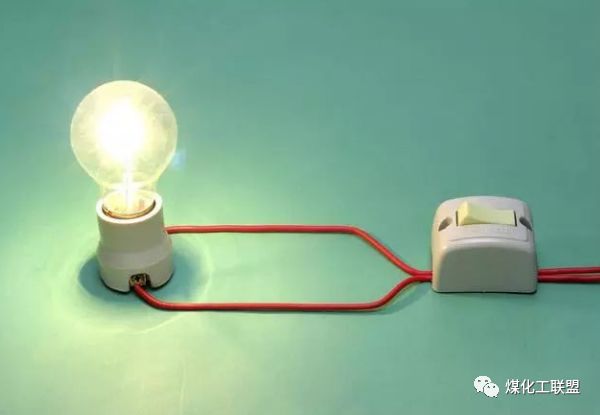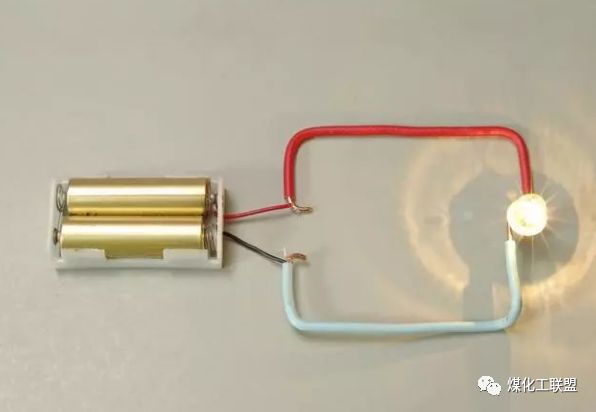- English
- Español
- Português
- русский
- Français
- 日本語
- Deutsch
- tiếng Việt
- Italiano
- Nederlands
- ภาษาไทย
- Polski
- 한국어
- Svenska
- magyar
- Malay
- বাংলা ভাষার
- Dansk
- Suomi
- हिन्दी
- Pilipino
- Türkçe
- Gaeilge
- العربية
- Indonesia
- Norsk
- تمل
- český
- ελληνικά
- український
- Javanese
- فارسی
- தமிழ்
- తెలుగు
- नेपाली
- Burmese
- български
- ລາວ
- Latine
- Қазақша
- Euskal
- Azərbaycan
- Slovenský jazyk
- Македонски
- Lietuvos
- Eesti Keel
- Română
- Slovenski
- मराठी
- Srpski језик
Why is the voltage kV in lowercase and V in uppercase? Do you know the reason?
2023-08-25
Why is the voltage kV in lowercase and V in uppercase? Do you know the reason?
The unit of measurement in international standards is generally in lowercase. Only when it comes to units named by name, such as Volt V, Ampere A, Kelvin K, Watt W, etc., in order to show respect for the predecessors of scientists, uppercase is used, while other units not named by human names are generally lowercase. This explains why V is uppercase.
Secondly, for quantifiers, the initial order of magnitude is usually lowercase. If the same letter is used, the case often distinguishes between different orders of magnitude, such as m Ω, M Ω, where lowercase m represents 1 × 10-3; And capital M represents 1 × 106. So k here represents 1 × 103. It should be in lowercase. (Perhaps this lowercase k is still used to distinguish it from K (Kelvin).) In summary, it can be found that kV should be lowercase k and uppercase V.
For this question, if you have all the capital letters, people can understand it, mainly from an academic perspective, how to use them in national standards, we need to write according to the standards.
Senior Electric Power Scientist

Volta V
Alessandro Volta, a famous Italian physicist, was famous for inventing the "Volta stack" in 1800. On March 5, 1827, Volta passed away at the age of 82. In memory of him, people named the unit of electromotive force the volt.

Ampere A
Andre Marie Ampere was a famous French physicist, chemist, and mathematician. Ampere made remarkable achievements in the study of electromagnetic effects from 1820 to 1827, and was known as the "Newton of Electricity". In memory of him, the international unit of current was named after his surname.
The standard symbol of the measurement unit should be correct
The capitalization of letters cannot be arbitrary. Legal units of measurement such as A, V, W, kV, kW, kVA, kvar, lx, km, etc. should all be used, with special attention to the correct capitalization of unit symbol letters. All unit symbols converted from personal names such as A, V, W, N, Pa, and prefixes above megabytes such as M and G should be capitalized; In addition, they are all lowercase, such as kV, MW, kvar, km, etc. For information on measurement units, please refer to Chapter 16, Pages 773-783 of the "Industrial and Civil Power Distribution Design Manual". On November 16, 2018, the 26th International Conference on Metrology passed a resolution to "revise the International System of Units", officially updating the four basic unit definitions, including the international standard mass unit "kilogram". The new International System of Units redefines the mass unit "kilogram", the current unit "ampere", the temperature unit "kelvin", and the quantity unit of matter "mole" using physical constants.

Kelvin K
Kelvin, originally named William Thompson, was a renowned British physicist who was awarded the title of Lord Kelvin by the Queen of England for his scientific achievements and contributions to the Atlantic Cable Project. Therefore, he was later renamed Kelvin and established an absolute temperature scale, resetting the melting point of water to 273.7 degrees Celsius; The boiling point is 373.7 degrees. To commemorate his contribution, the unit of absolute temperature is named Kelvin (K).

Watt W
James Watt, a British inventor and an important figure in the First Industrial Revolution. The first practical steam engine was manufactured in 1776. After a series of significant improvements, it became a "universal prime mover" and was widely used in industry. He opened up a new era of human energy utilization, bringing humanity into the "steam age". In memory of this great inventor, later generations designated the unit of power as "watt" (abbreviated as "watt", symbol W).
Extension: Basic Terms of Electric Power
Voltage

Voltage, also known as potential difference or potential difference, is a physical quantity that measures the energy difference generated by a unit charge in an electrostatic field due to different levels of potential. This concept is similar to the "water pressure" caused by high and low water levels. Voltage is the reason for the directional movement of charges to form current. The reason why current can flow in a wire is also because there is a difference between high potential and low potential in the current. This difference is called potential difference, also known as voltage. In other words. In a circuit, the potential difference between any two points is called the voltage between these two points. The letter U is usually used to represent voltage. The unit is volts (V), abbreviated as volts, represented by the symbol V as 1kV=1000V;
Note: Voltage unit kV (k in lowercase, V in uppercase)

The amount of charge passing through the cross-section in unit time is called current. Due to the presence of voltage (potential difference), an electric field is generated, causing the charges in the circuit to undergo directional movement under the action of the electric field force, thus forming the current in the circuit.
Usually represented by the letter I, the unit is A (ampere), with A (ampere), kA (kiloampere), and mA (milliampere); 1kA=1000A, 1A=1000mA.
Note: In kA and mA, k and m are lowercase and A is uppercase

Physically, electric quantity represents the amount of charge carried by an object. We represent the amount of electrical energy used by electrical equipment or users, also known as electrical energy or electrical work, which is the cumulative value of power over a certain period of time.
Unit: kilowatt hour kW · h, megawatt hour MW · h.
Note: Unit kWh (k lowercase, W uppercase, h lowercase), MWh (M uppercase, W uppercase, h lowercase)
Direct Current

Direct Current (DC) refers to the current that does not undergo periodic changes in direction and time, but the magnitude of the current may not be fixed, resulting in waveform generation. Also known as constant current. Generally, the current in a dry battery is DC.
AC Current

AC current refers to a type of current that undergoes periodic changes in size and direction over time. In the power generation, transformation, distribution, and marketing processes of the power system, most of the electricity is AC.



